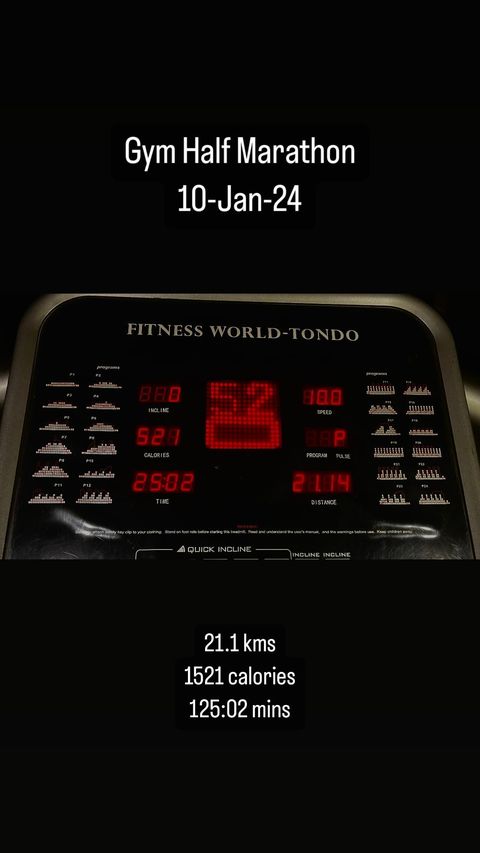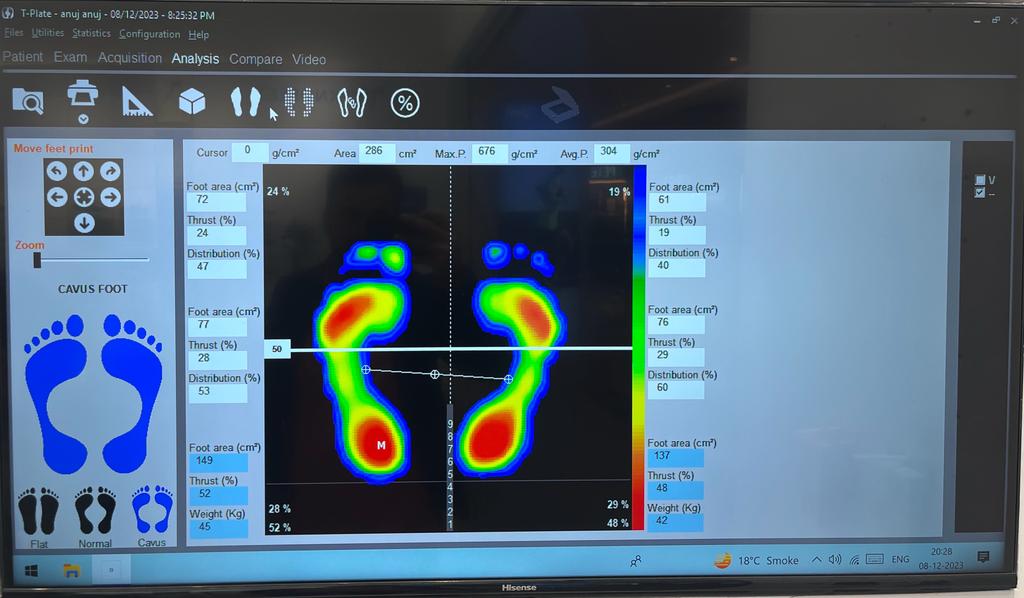I've discovered the value of setting ambitious goals that challenge our boundaries and redefine our potential. In January 2024, I achieved a significant milestone by running 100 kilometers.
Running is more than just a physical activity; it encompasses a myriad of benefits for both the body and mind. According to numerous scientific studies, regular running has been linked to improved cardiovascular health, enhanced cognitive function, and reduced stress levels.
The release of endorphins during running promotes a sense of well-being and euphoria, often referred to as the "runner's high".
Moreover, researchers have found that setting specific, measurable goals, such as running a certain distance within a specified timeframe, can significantly increase motivation and drive. By committing to the goal of completing 100 kilometers in January, I harnessed the power of goal-setting to stay focused and motivated throughout the month. My journey towards achieving 100 kilometers of running in January was not without its challenges. Living in Gurgaon, where cold weather and air pollution often pose obstacles to outdoor activities, I relied heavily on my treadmill for most of my runs. Despite the monotony of indoor running, I remained steadfast in my commitment to the goal, drawing inspiration from the sense of accomplishment with each passing kilometer. One memorable experience occurred during a visit to Jaipur, where I had the opportunity to explore the picturesque Jawahar Circle while logging my miles. The change of scenery invigorated my spirit and reminded me of the joy of outdoor running, further fueling my determination to reach the 100-kilometer mark.
As January drew to a close, I crossed the finish line on 31st Jan with a sense of pride and accomplishment. Completing 100 kilometers of running in a single month was not only a testament to my physical capabilities but also a testament to the power of dedication, perseverance, and goal-setting. Moving forward, I am inspired to continue pushing my limits and setting new milestones in my fitness journey. Whether it's running, swimming, or exploring other forms of physical activity, I am committed to embracing the challenges and reaping the rewards of a healthy, active lifestyle.



